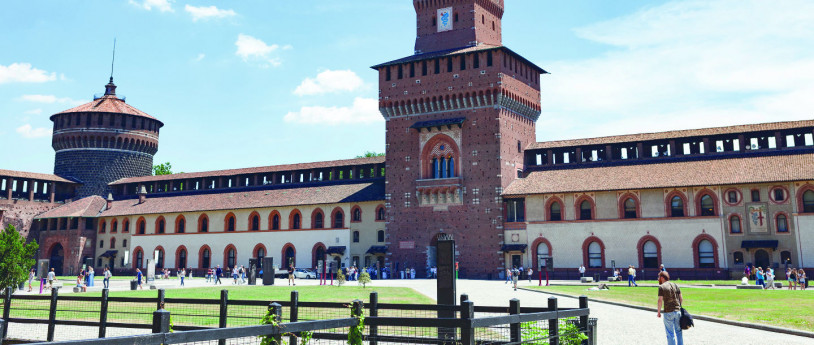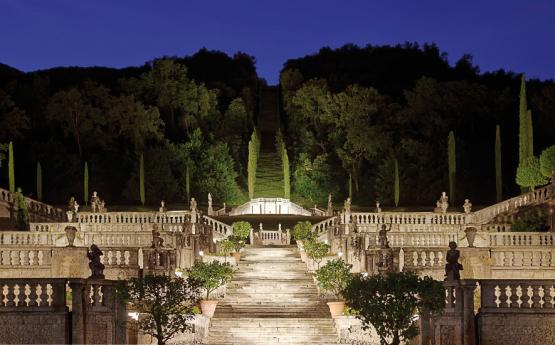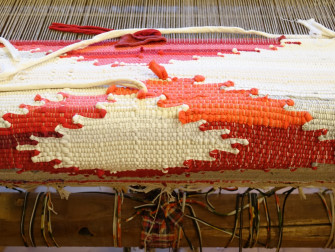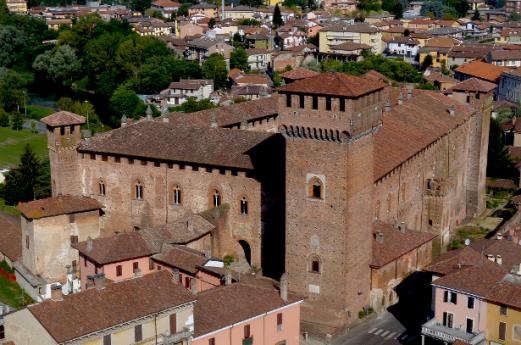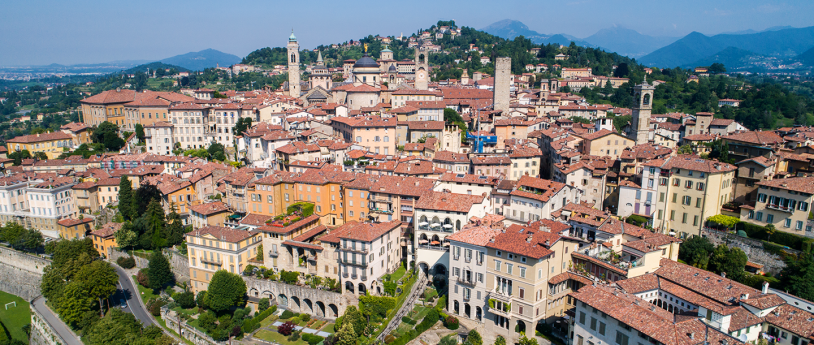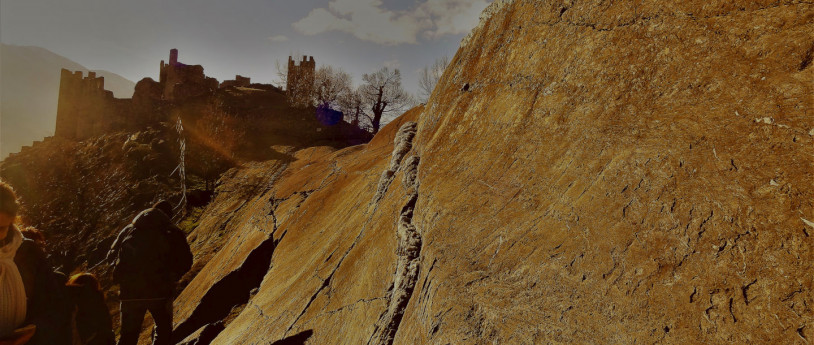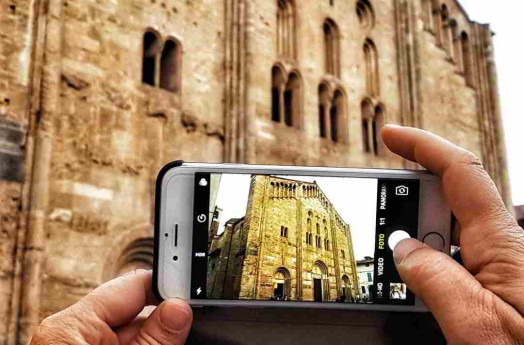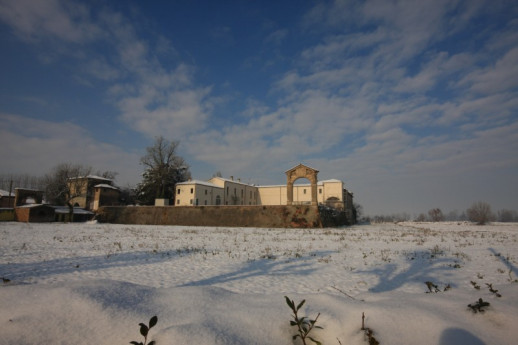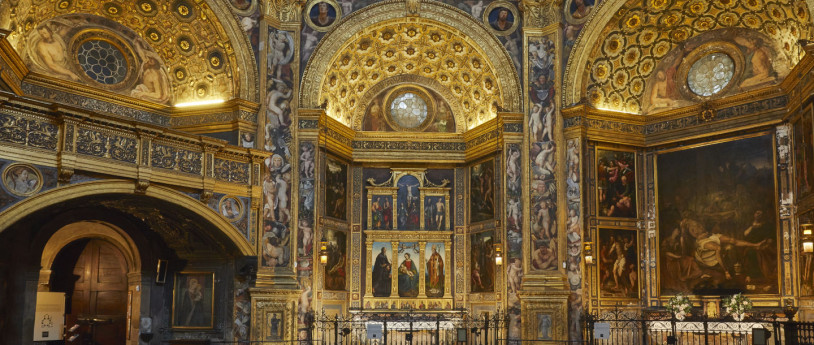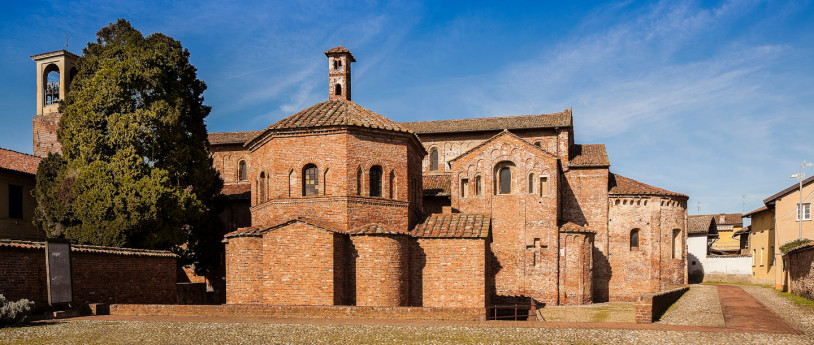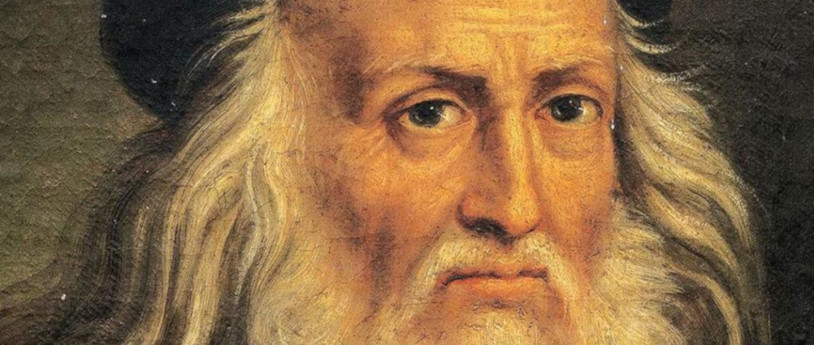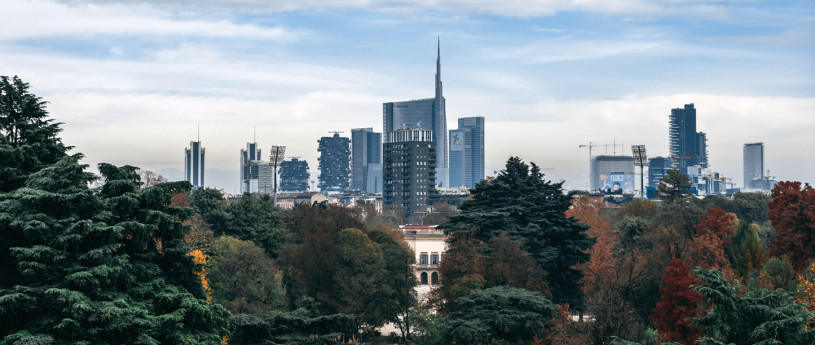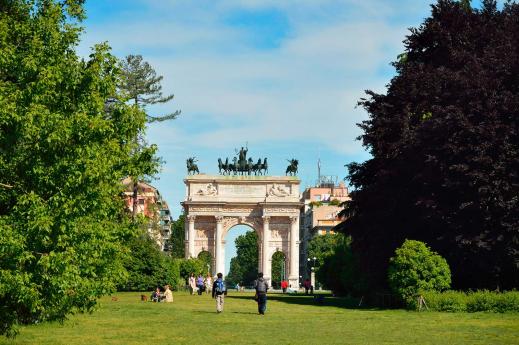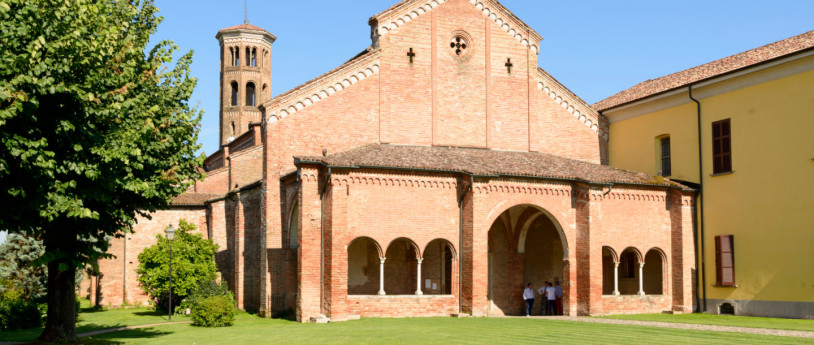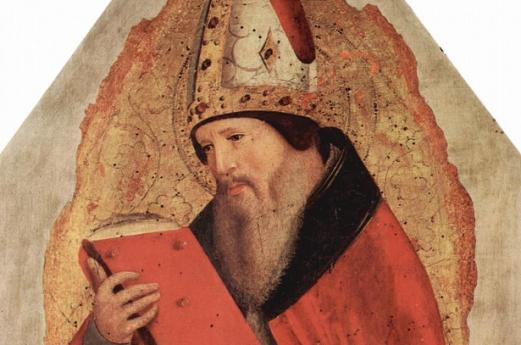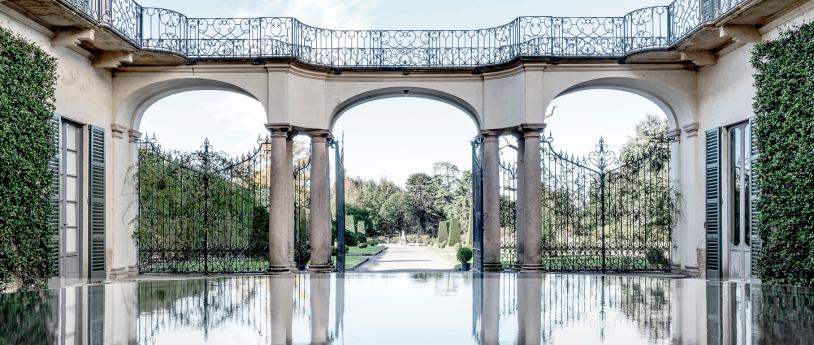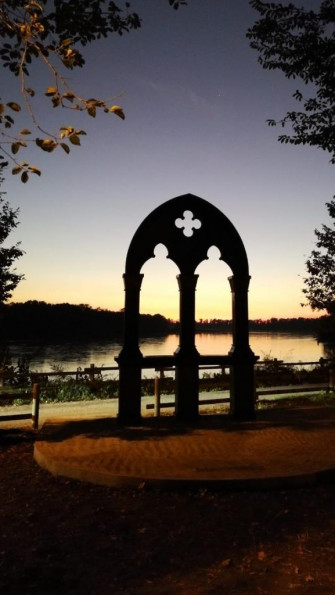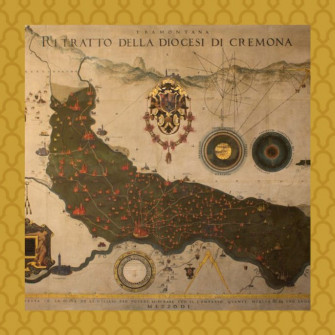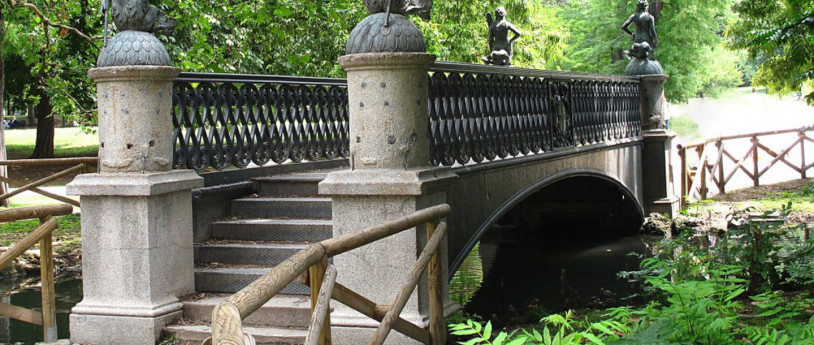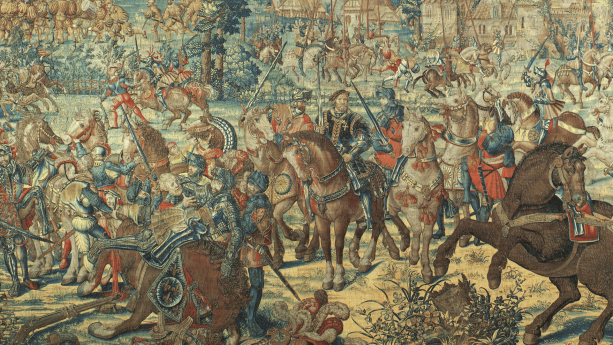- Art & Culture
A visit to Cerreto Abbey
Cerreto Abbey: a Cistercian jewel of the province of Lodi
Alessandra Heidelberg, founder of the Alessandra Style blog, has long been fascinated by the history and beauty of Cerreto Abbey and tells us about her visit.
When people talk about Lombardy, they immediately think about the city of Milan with its urban environment, skyscrapers and the economy linked to business and a fast-paced lifestyle. I had the chance to enjoy a completely different experience and discovered that this region has much more than that to offer.
Cerreto Abbey
Having arrived by train from the city for a short stay in the Lodi area, my gaze fell almost unintentionally on the calming natural landscape of the Po Valley with its fields irrigated by a dense network of channels, rows of trees, little towns, farms and farmhouses. During my brief stay in Lodi and the surrounding area, I found that the region also has a rich history and architectural heritage telling of its important past. Amongst the latter, I got the chance to visit Cerreto Abbey, a little architectural gem set in the lush green countryside. The monastic building immediately reminded me of the Chiaravalle Abbey in Milan, although on a smaller scale. It is in fact, as I later learned, the abbey church of Lodi, founded by the Benedictines in 1084, it was later entrusted to the Cistercians by Bernardo di Chiaravalle and acquired a significant role over time.
The interior of the church, a notable example of Romanesque-Gothic architecture, was no less impressive in my opinion. The plan is in the style of a basilica, with three naves, the central one of which is made up of four double rectangular spans, with eight matching smaller spans on the sides. The pillars are all in brick, formed by three massive semi-cylindrical columns. The thing that really struck me was the combination of the original brick, typical of the Lombardy region, with the white of the restorations of recent years, a particularly successful chromatic mix, in my opinion. Among the valuable works of art to be seen inside, a painting by Callisto Piazzo, a disciple of Titian, called "Pala Cesi" stands out. The painting, commissioned by Abbot Cesi, depicts the Madonna and Child, the saints and the abbot himself.
I am particularly pleased to mention the chapel of the Holy Rosary, which is to the left of the entrance. I learned a curious fact linked to this corner of the abbey: in times gone by, it was known as the "women's chapel", being reserved for them because, according to Cistercian rules, women were not allowed in the abbey church, apart from on the day of the Feast of the Dedication.
The visit to Cerreto Abbey was an immersion in a timeless landscape, where the religious silence of the ancient walls and the soothing quiet of the surrounding countryside gave me moments of true serenity, far from the chaos of city life.
Useful information
Cerreto Abbey
Piazza della Vittoria - Abbadia Cerreto (LO)
Opening times:
Open on Saturday and Sunday
10.30 -18.00
